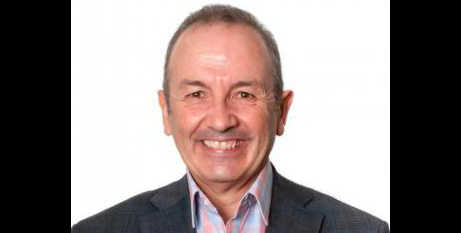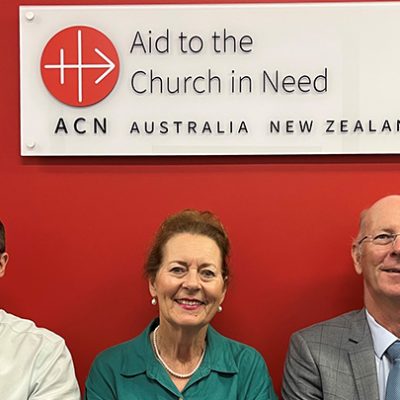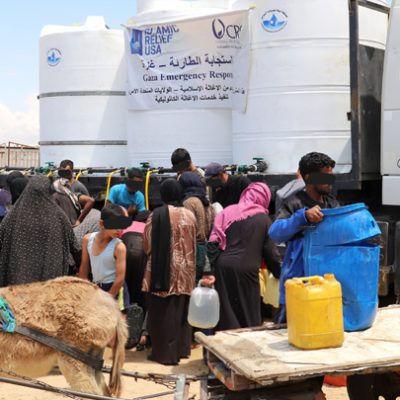
A new study commissioned by the St Vincent de Paul Society reveals how changing tax concessions on the wealthiest superannuation accounts could fund a fairer safety net while boosting the super of 90 per cent of Australians.
Conducted by the Australian National University’s Centre for Social Policy Research, the A Fairer Tax and Welfare System 2025 study aims to lift more Australians out of poverty and improve the living standards of our most financially disadvantaged households.
“In his memorable re-election victory speech, Prime Minister Anthony Albanese pledged that ‘together we will make our way forward with no one held back and no one left behind’,” the Society’s National President Mark Gaetani said.
“The policy options in our new study offer a viable, budget-neutral way for the federal Government to fulfil the Prime Minister’s promise of ‘looking after each other, while building for the future’.”
After housing costs and living standards are taken into account, almost 3 million Australians are living in poverty. The study finds those households with abnormally high rates of financial stress and poverty include single parents and their children, younger Australians, renters, and working age welfare recipients.
The four policy options range from increasing working age payments through to a system-wide Guaranteed Minimum Income (GMI) set at the current poverty line. A GMI would top up the income for all households below that threshold.
All four options are funded through reductions in superannuation tax concessions or changes in thresholds for some welfare payments and concessions to high-wealth/high-income households.
Option 1 lifts 95,000 Australians out of poverty; Options 2 and 3 lift 584,000 people out of poverty. Option 4, the GMI, lifts 1.03 million people out of poverty, including non-welfare low-income households.
The analysis confirms all four models are progressive – directing the greatest gains to low-income households, while asking only the wealthiest households to receive less in superannuation tax concessions.
“We believe this study shows that it is economically feasible to lift more Australian families out of poverty while improving the lot of lower- and middle-income households,” Mr Gaetani said.
FULL STORY
Small changes, big impact Reforms reduce poverty, boost 90% of super balances (St Vincent de Paul Society)






